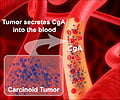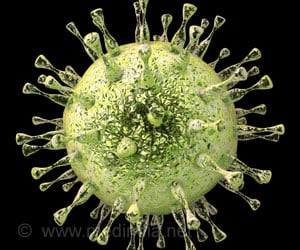Scientists at Stanford have now developed a new set of dyes that can perform better than indocyanine green while being rapidly washed away by the body.

TOP INSIGHT
A research team led by Stanford Professor Hongjie Dai has created a dye that can be excreted through urine within 24 hours.
They add that the dye is expelled through the urine within a day, allowing new injections to occur whenever updates on a diseases’s progress need to be performed.
The study was led by chemistry Professor Hongjie Dai at the University.
"The difficulty is how to make a dye that is both fluorescent in the infrared and water soluble," said Alex Antaris, a graduate student in Dai's lab and the first author on a recent paper in the journal Nature Materials. "A lot of dyes can glow but are not dissolvable in water, so we can't have them flowing in human blood. Making a dye that is both is really the difficulty. We struggled for about three years or so and finally we succeeded."
 MEDINDIA
MEDINDIA




 Email
Email





